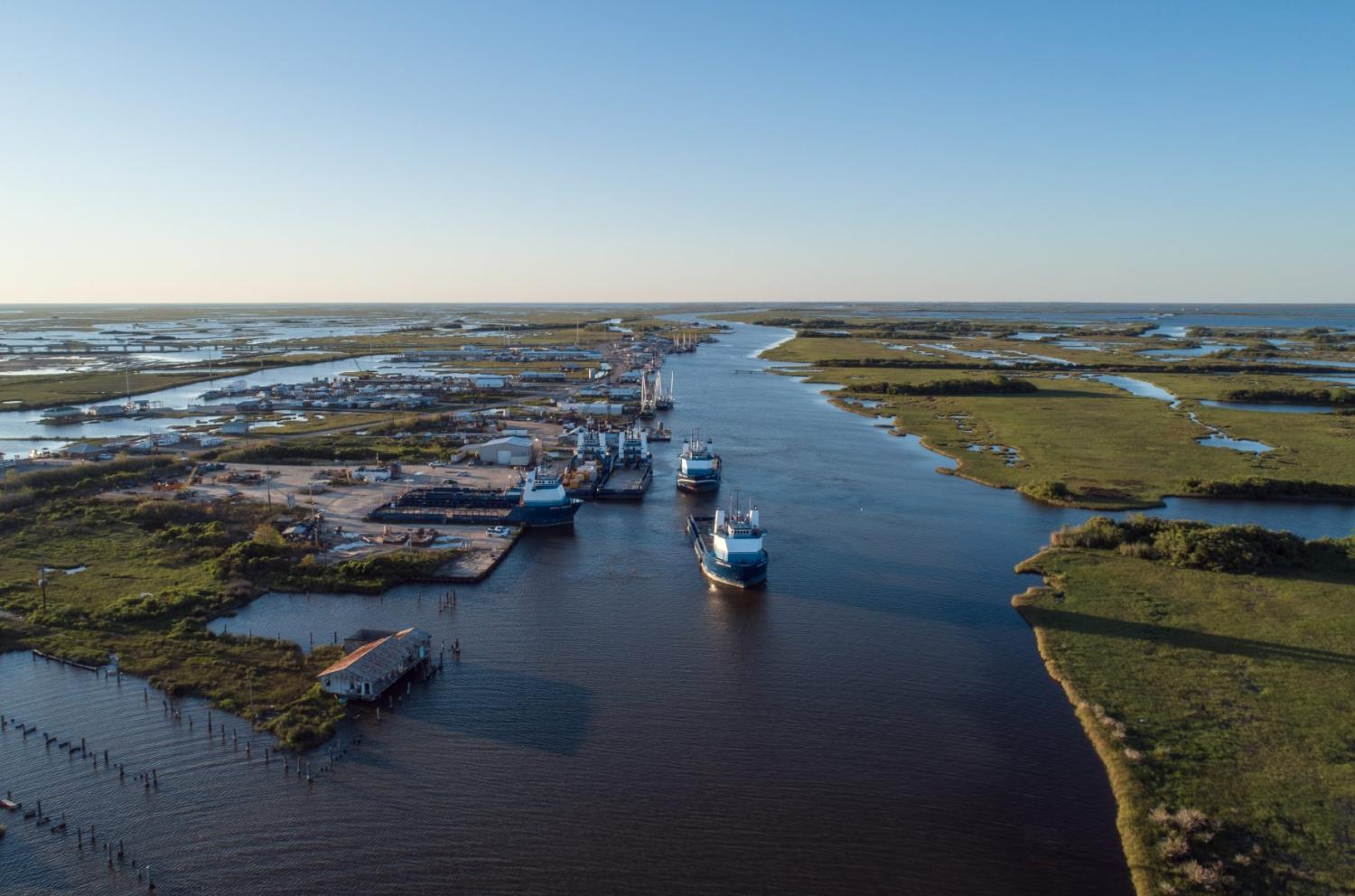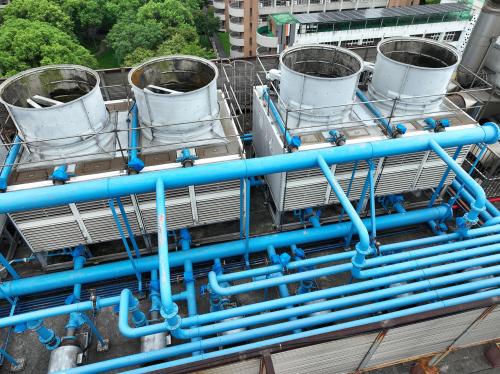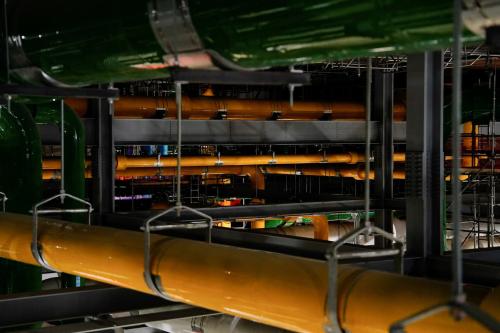Twenty years after Hurricane Katrina and the failure of the federal levees, New Orleans is still picking up the pieces in many ways from a disaster that thrust it into a historic environmental and economic predicament. That was and remains especially the case for its aging and vulnerable water infrastructure, which continues to demand proactive investment alongside committed leadership.
If grappling with the magnitude of these physical infrastructure needs is not enough, New Orleans also is confronting a sizable workforce challenge that limits its short- and long-term ability to carry out needed improvements. A wide range of public and private leaders— including government agencies, utilities, employers, workforce training providers, labor groups, and community-based organizations—share a collective challenge and opportunity to bolster New Orleans’ resilience.
This report examines the ongoing nature of building greater resilience—the ability to survive and thrive amid different climate impacts—focusing on the continued need to integrate water infrastructure investment and workforce development, not just in New Orleans, but across the region too. It first lays out more context to understand the mounting infrastructure and workforce challenges before and after Hurricane Katrina, particularly the conditions of the federal levees before and after they failed in 2005, before describing steps that leaders have taken.
In particular, this report highlights efforts that have facilitated additional water infrastructure investment and workforce development, including:
- The emergence of several proactive plans, such as the Sewerage and Water Board’s Strategic Plan and the region’s Urban Water Plan
- The formation of several collaborative partnerships, such as those focused on sector strategies and youth workforce development
- A sustained pipeline of projects, particularly those focused on green infrastructure and neighborhood-scale improvements
In exploring these efforts, the report shows that while much work has been done, more work remains, and there are several potential paths forward to drive action and innovation—offering precedent for many other regions nationally. More robust planning specifically around the workforce needs of infrastructure construction and maintenance, for instance, including a dedicated water workforce plan could help strengthen such efforts, in addition to durable collaborations and funding to support continued implementation.
Read more
This report is part of a series from Brookings Metro and The Data Center examining the New Orleans metro area across key policy areas including housing, community safety, and flood adaptation. The series provides local leaders with tools to mitigate future disaster risks for the most vulnerable communities.
The Brookings Institution is committed to quality, independence, and impact.
We are supported by a diverse array of funders. In line with our values and policies, each Brookings publication represents the sole views of its author(s).





